Frida Kahlo: I Paint my Reality
R180This book traces the extraordinary life of an artist whose unforgettable imagery combined cruelty and wit, honesty and insolence, pain and empowerment.
Showing 1057–1072 of 1861 results
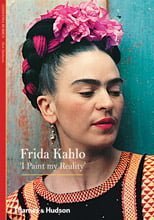
This book traces the extraordinary life of an artist whose unforgettable imagery combined cruelty and wit, honesty and insolence, pain and empowerment.
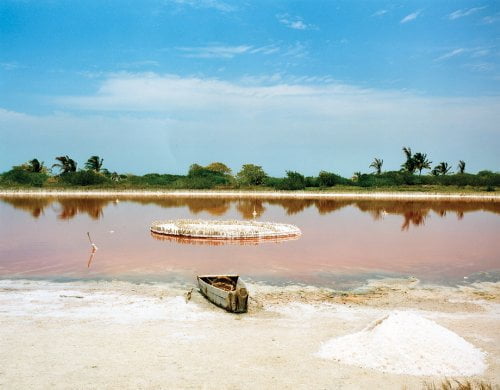
From the introduction by Mark Haworth-Booth: “Fried Waters is a photographic poem about time and memory, place and labor, the symbolism of salt and the process by which it snaps from liquid into crystal.” From the publisher: “We are delighted to announce the publication of our third book by the husband and wife team of Eduardo del Valle and Mirta Gómez.
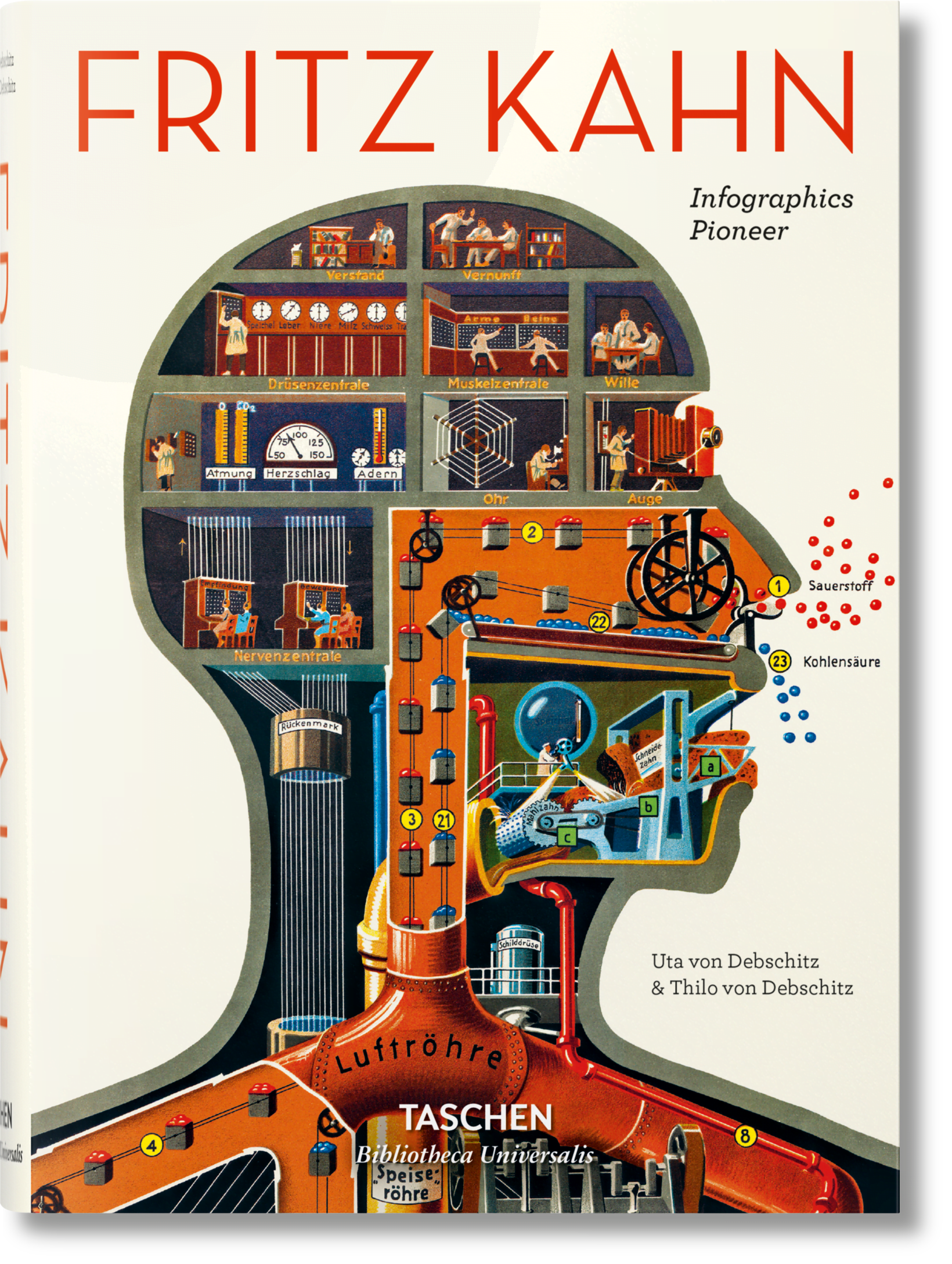
Natural science buffs, graphics professionals, and anyone interested in the visual expression of ideas will be fascinated by this tribute to Fritz Kahn, the German infographics pioneer who excelled in the demystification of complex scientific ideas and whose inspired creative concepts have influenced generations of artists and communicators through to today.

In his third book, David Levi Strauss delves into the mysterious process whereby an image or idea is born in the mind and materialized through the hand in the expression of an artwork. How exactly does this exchange take place? It’s a question so basic, an act so fundamental to art-making, that it has rarely…

Volume 1: Protest and Hope 1882–1934 consists of ninety-nine primary source documents, accompanied by a text that sets the documents in historical context.
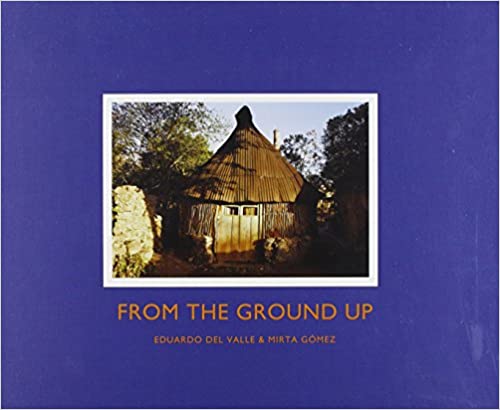
From The Ground Up is a three-part photographic essay focusing on the metamorphosis of the architecture in the Yucatan Peninsula, Mexico. This fascinating study, comprising photographs taken from the mid-1980s to the present, is by far the most comprehensive record of the design and evolution of this region’s built structures

The first comprehensive survey of Japanese avant-garde fashion of the last thirty years, Future Beauty explores the distinct sensibility of Japanese design – the uniqueness of its form, cut and fabric. In the late twentieth century such designers as Issey Miyake, rei Kawakubo and Yohji Yamamoto made an enormous impact on world fashion, challenging established notions of beauty and turning fashion into art. Today a new generation of radical designers, among them Junya Watanabe, Jun Takahashi and Tao Kurihara, is gaining acclaim.
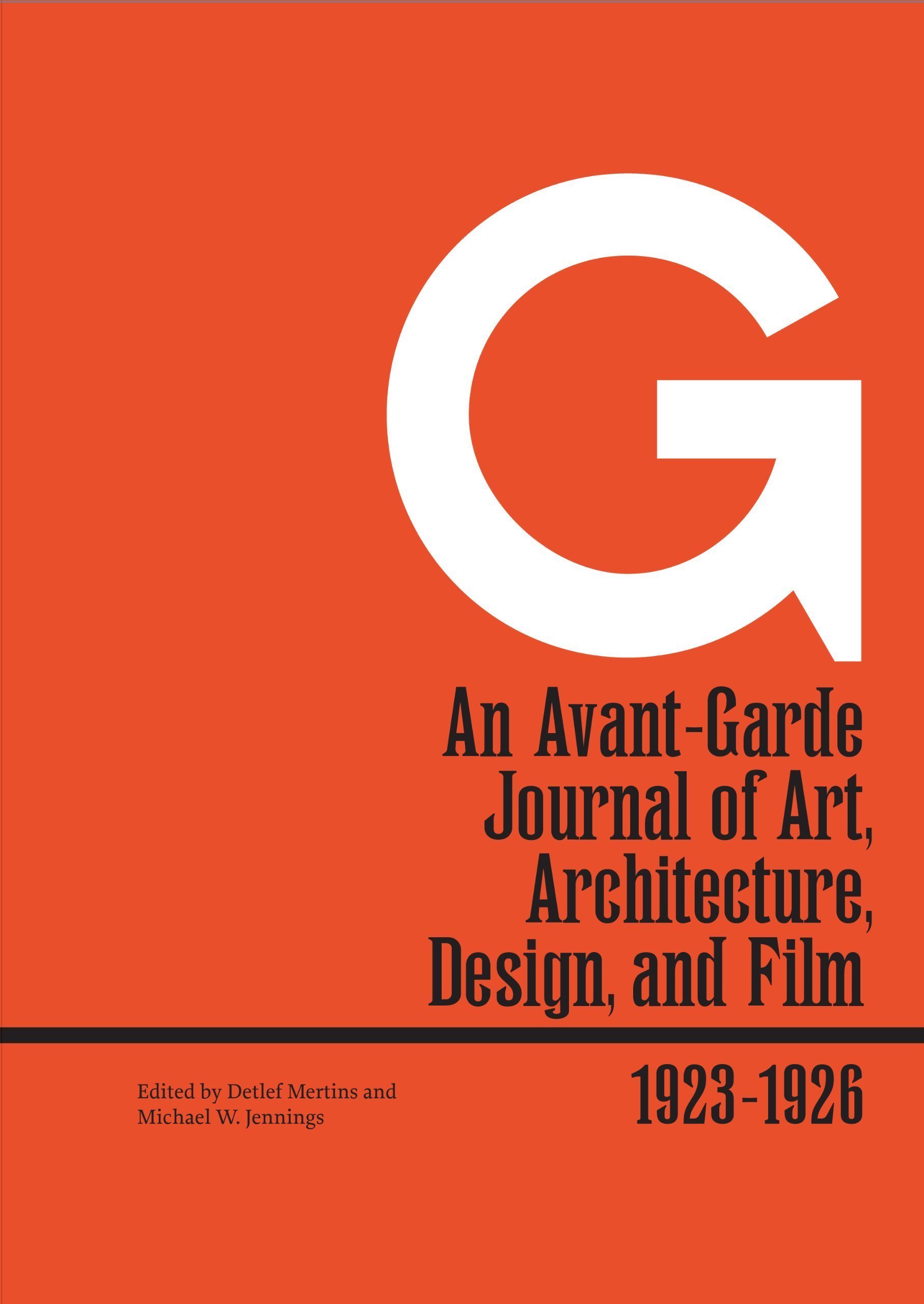 Out of stock
Out of stockThe journal “G,” launched at the suggestion of the founder of the De Stijl movement, Theo van Doesburg, and produced by the artist and filmmaker, Hans Richter, was published in Berlin between 1923 and 1926, when the city was an epicentre of the European avant-gardes. Drawing together painting, sculpture, photography, film, architecture, engineering, industrial design, poetry, fashion, and urbanism, it sought to counter conservative forces that would restrict the development of a new and vital culture.
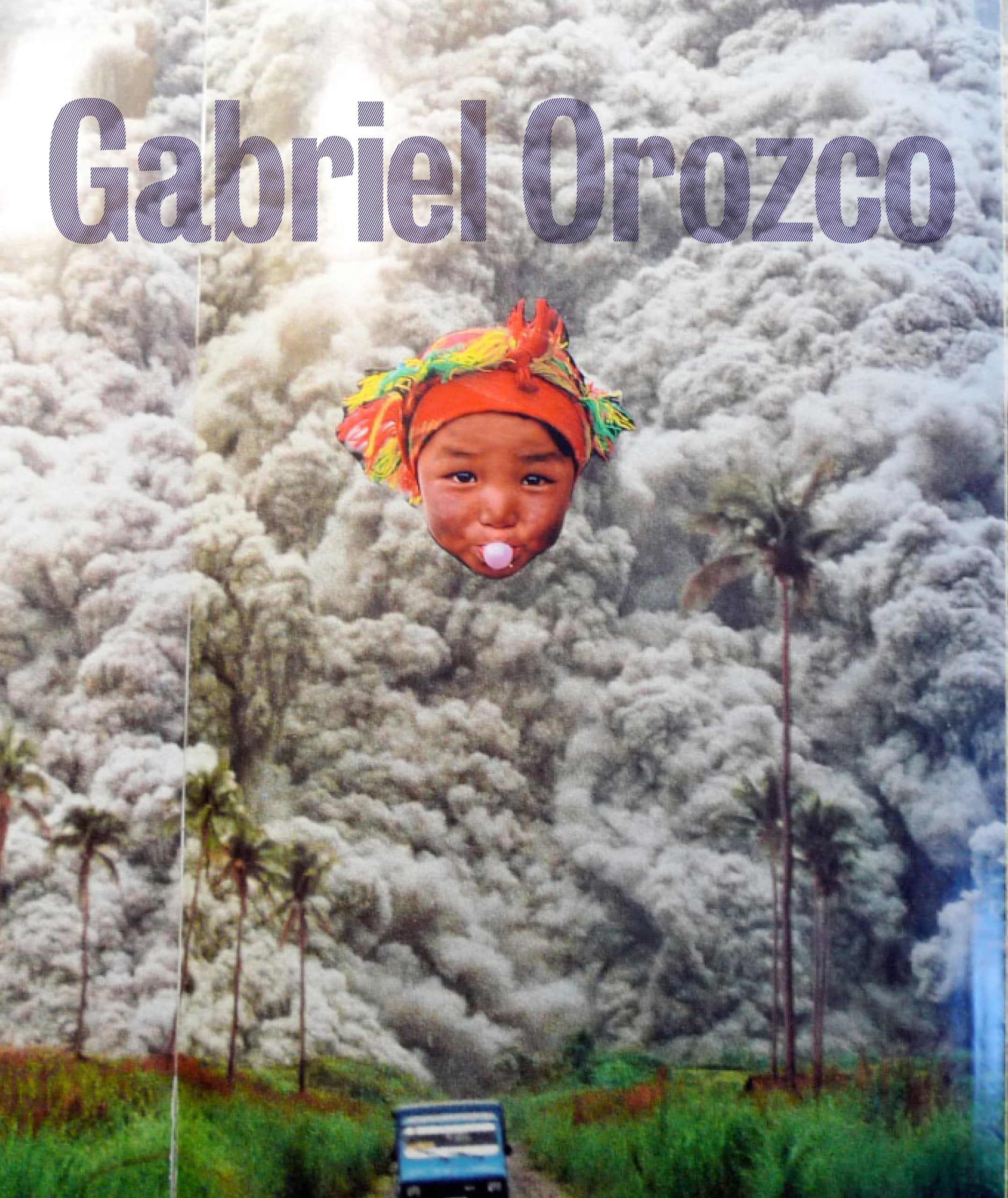
Gabriel Orozco was born in Veracruz in Mexico in 1962. Since the early 1990s, his career has been characterised by constant surprise and innovation. He roams freely and fluently between drawing, photography, sculpture, installation and painting, creating a body of work that resists categorisation. Ranging from subtle interventions in the landscape to meticulously executed sculptures…
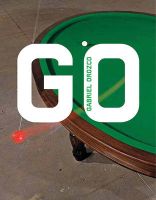
Gabriel Orozco, born in Mexico, in 1962, is one of the most influential artists of his generation. Dividing his time between Mexico City, Paris and New York, his constant travelling has been as much a part of his artistic practice as a lifestyle. His works, often playful and characterised by an ironic humour, range from…
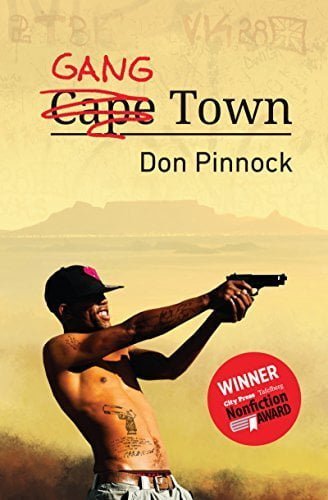
Why is Cape Town one of the most violent cities on earth? What is it that makes gangs so attractive to young people? Why are drugs so easy to find and so widespread? Why are the police seemingly losing control of the crime situation? Why is it getting worse? Top-selling investigative author Don Pinnock answers…
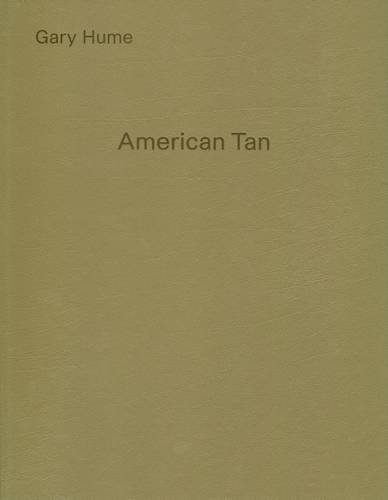
Catalog bound in stiff wraps titled GARY HUME:American Tan (Gloss, Charcoal, Bronze, Marble). Published by White Cube, London to accompany the Exhibition Gary Hume:American Tan, 5 September – 6 October 2007.

To accompany Gary Schneider’s exhibition, Skin, at David Krut Projects in 2011, a catalogue was produced in which Kate McCrickard addresses Schneider’s methods and techniques. It is a valuable resource towards understanding the photographer’s work.
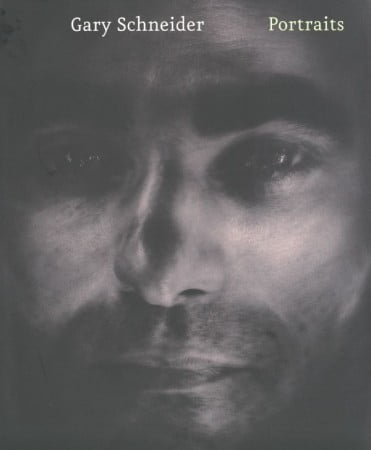
Deborah Martin Kao discusses Schneider’s re-presentation of nineteenth-century studio portraits, his handprint photograms, and his fragmented face portraits—all of which reveal as much about the language of photography as they do about the subjects being depicted. She shows how Schneider portrays the collaboration between artist and subject, seen in his use of a light pen to sculpt or trace his subjects over long exposures, and in his prints that display traces of movement in time. Kao also discusses Schneider’s work with scientists to create negatives from which he makes strikingly beautiful images of blood, DNA, and strands of hair, and how these represent a fascinating evolution in traditional thinking about the nature of photographic portraiture.
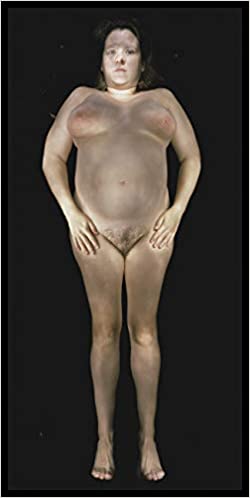
In this previously unpublished body of work, Gary Schneider presents a haunting series of nudes and faces that emerge and seem to float above a receding black ground. Each image is rendered through a long exposure and by exploring the surfaces of the skin with a small handheld light. Due to the prolonged time required and the inevitable movements and consequent distortions that occur in the process, the results both reveal and obscure the intimate physical details and personality of the individual who poses.
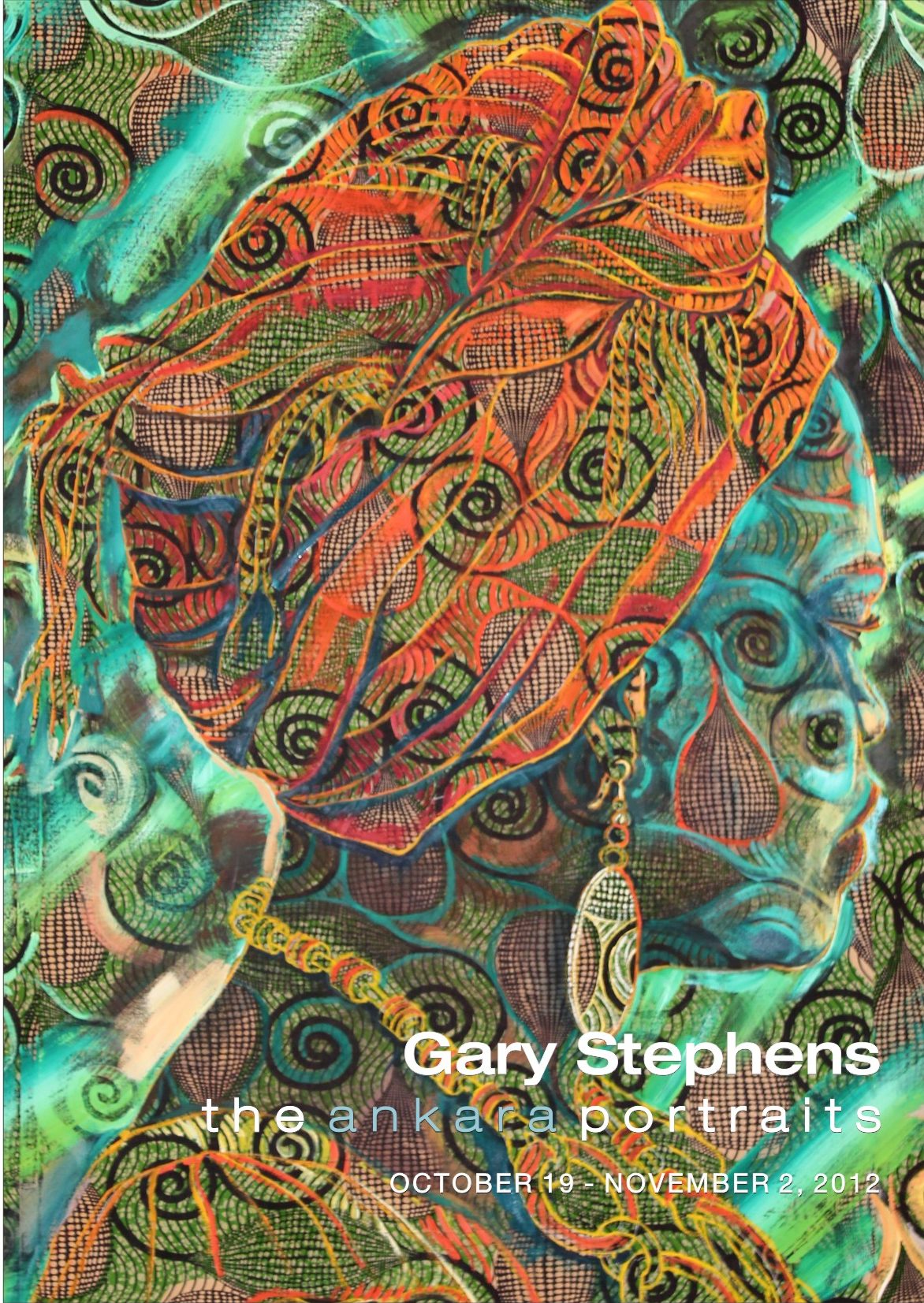 Out of stock
Out of stockExhibition Catalogue accompanying the exhibition, Ankara Portraits by American artist Gary Stephens is a compilation of works over a period of four years, which portrays a theme that could be described as an open African style featuring recent paintings completed on Ankara fabrics.
No products in the basket.